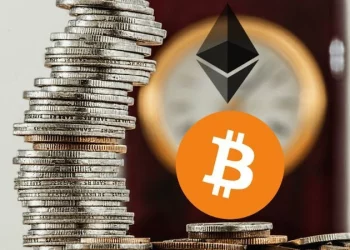On May 13th, data released by the US Department of Labor showed that the year-on-year increase in the US consumer price index (CPI) in April dropped to 2.3%, the lowest level since February 2021, indicating that inflationary pressure has further eased. After the data was released, the price of Bitcoin remained stable, reflecting that the market’s response to macroeconomic data was relatively smooth.
Specific data shows that the US CPI rose by 0.2% month-on-month in April, lower than the market expectation of 0.3%. In March, the figure dropped by 0.1%. After excluding the prices of food and energy, which fluctuate greatly, the core CPI in April rose by 2.8% year-on-year, in line with expectations and the previous value. It increased by 0.2% month-on-month, slightly lower than the expected 0.3%.
Sub-item data shows that energy prices dropped by 2.4% in April, becoming the main factor pulling down overall inflation. Housing and food prices rose moderately, while the prices of healthcare and transportation services changed only marginally. The inflation data released this time coincides with the implementation of a 90-day tariff freeze by the US government, which provides policymakers with a window of opportunity to observe the underlying inflation trend and avoids the interference of tariffs on the prices of imported goods.
Since July 2023, the Federal Reserve has maintained stable interest rates, emphasizing the need for more evidence to determine whether inflation continues to fall. The inflation data for April was in line with the Federal Reserve’s inflation target, further supporting its cautious monetary policy stance. After the data was released, according to CME data, market expectations for the extent of the Federal Reserve’s interest rate cut by the end of the year dropped from over 100 basis points in early April to about 56 basis points.
The financial market responded rather indifferently to this. The yield on the 10-year US Treasury note slightly dropped to 4.44%, and stock index futures rose slightly. The price of Bitcoin remained stable after the data was released, trading at around $103,000, with a fluctuation range of only -0.5% within one hour. The relative stability of Bitcoin may indicate a decline in its sensitivity to macroeconomic data or reflect that investors are adopting a wait-and-see attitude ahead of the Federal Reserve’s June policy meeting.
Analysts point out that although the inflation data in April was good, with the gradual implementation of tariff policies, inflation in the United States still faces upward pressure in the coming months. The market will continue to monitor the direction of the Federal Reserve’s monetary policy and changes in macroeconomic data to assess the investment prospects of Bitcoin and other assets.
Related topic:

















